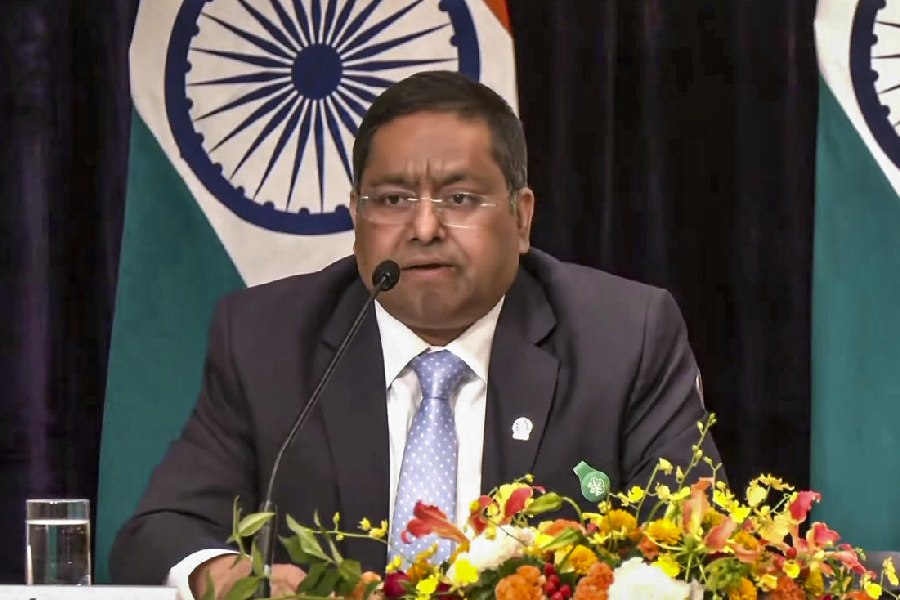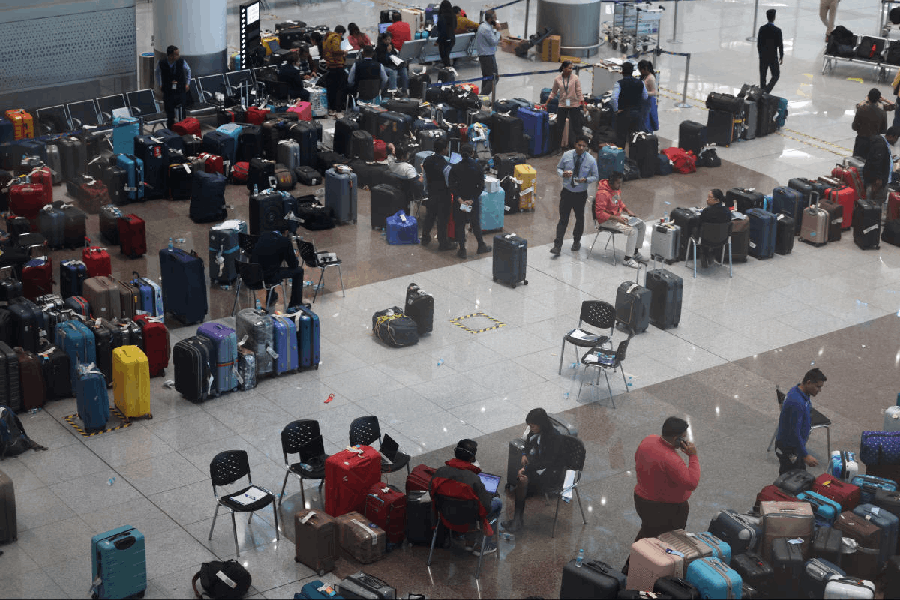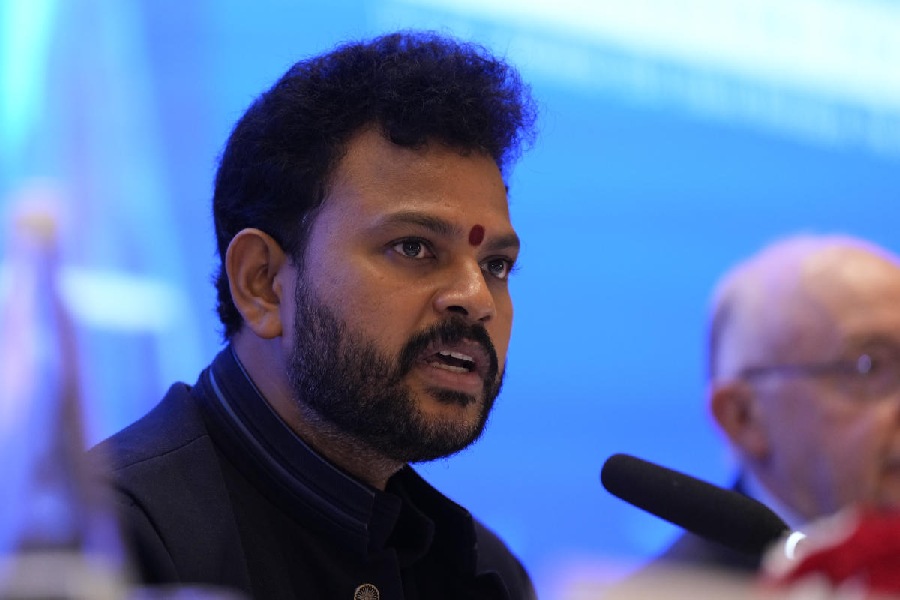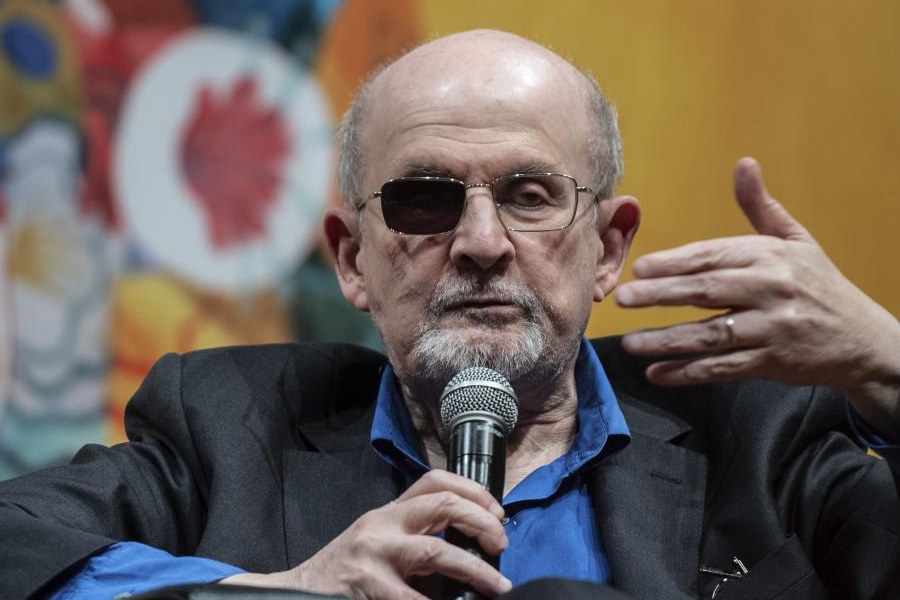New Delhi, Sept. 30: There’s good news for bleary-eyed students of class IX --- the lucky ones will no longer have to pore over tomes of history, geography or civics, they can get away with riffling through a single social science textbook.
Following the apex court order lifting the ban on NCERT’s revised syllabus textbooks, a new social science reader was released in the market today, which is a heavily abridged and consolidated version of the earlier history, geography, civics and economics syllabi.
This means that instead of labouring over four textbooks running into 488 pages, class IX students will now have to grapple with only one text of 157 pages. The social science textbook for class VI will be released next month.
Though the textbook comes as a godsend for students, parents and a section of teachers who have been crying hoarse for a reduction in workload, it is not binding on schools to introduce it. The NCERT — which was flooded with phone calls today — is, however, hoping that all schools will be ultimately forced to fall in line under pressure from parents and teachers.
The drastic paring of the syllabus has already become a heated issue for debate with some academics claiming that the new textbook contains an oversimplified and “biased” interpretation of history. They say the earlier NCERT history textbook by Arjun Dev had chapters on the Bronze Age, Aryan and African civilisations (medieval age, feudalism, rise of Islam, capitalism, industrial revolution) but these have not been adequately dealt with in the new one.
Policymakers who drew up the present curriculum, however, believe that specialisation in a particular subject should begin only from class XI. So, the textbook touches on world affairs only briefly. But in tune with human resources development minister Murli Manohar Joshi’s refrain that “swadeshi” developments be given priority, it discusses the Indian national movement at length.
Communism, fascism and Nazism have been dealt with briefly. “All these developments constitute just one side of the world picture. The other side is the liberation movements in Asia, Africa and elsewhere in the world,” says the introductory chapter.
Both Joshi’s and the NCERT’s main complaint was that the earlier panel of textbook authors — Romila Thapar, Satish Chandra and Arjun Dev — offered a “one-sided pro-Left” version of history.
The new panel says: “During the epoch-making 20th century, the world witnessed the rise and growth of dictatorial tendencies in the form of fascism and Nazism. Communism also represented a similar trend in the sense that it stood for the dictatorship of a particular class.”
The first chapter deals with world developments that brought the first British traders to India — the two World Wars. The following chapters focus on British policies, the political upheavals in India, birth of the Congress, Muslim League and the national movement.










